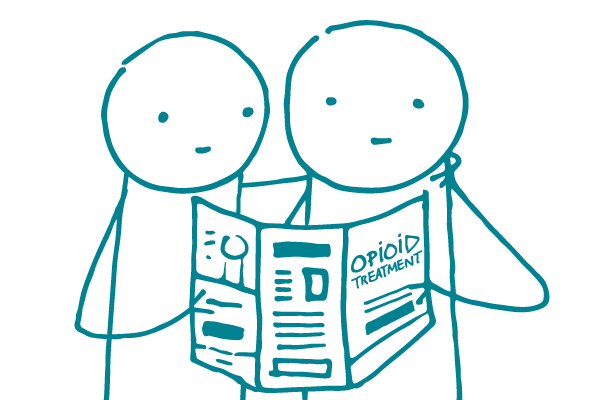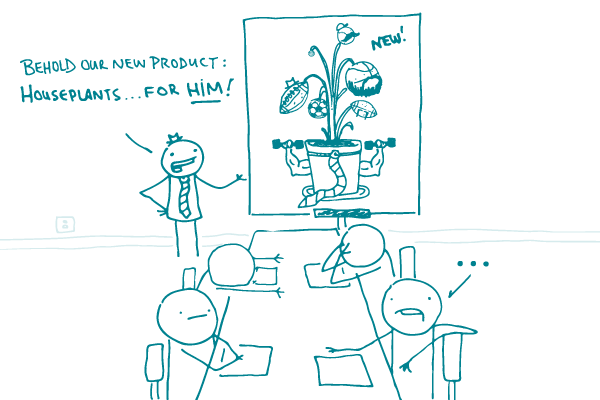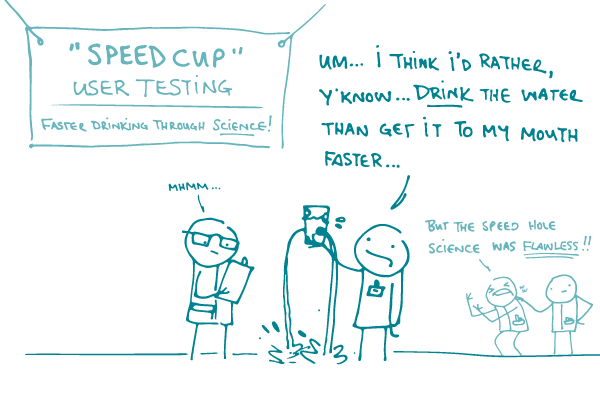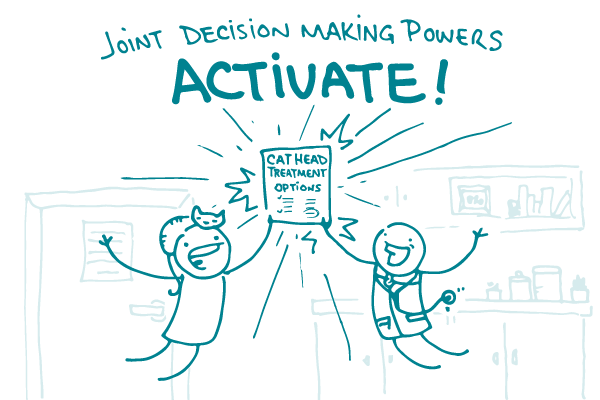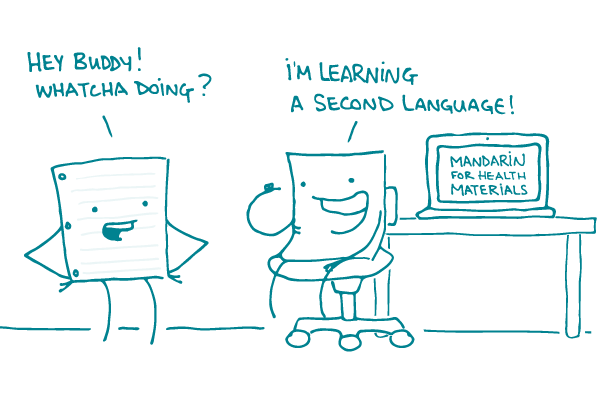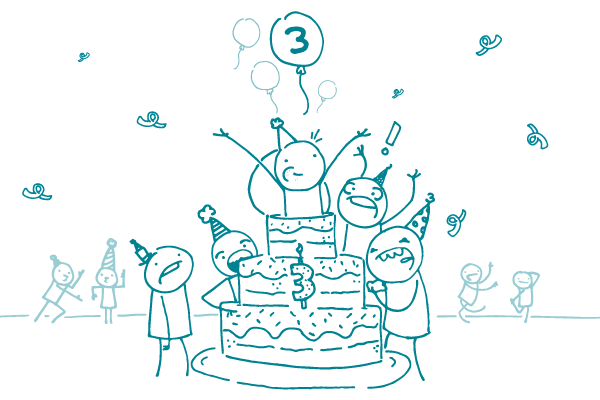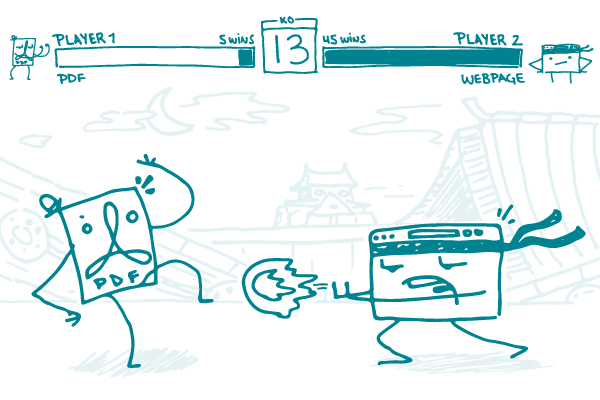
So you’ve decided to put your super awesome, totally health-literate material on the web so it’s available to internet users everywhere. Wahoo!
Now you have to choose a format, and it really boils down to 2 options: webpage or PDF. What’s a health writer to do? Let’s discuss!
Webpages
At We ❤︎ Health Literacy Headquarters, we generally prefer webpages. Why?
- They’re easier to update than PDFs — no need to go back into the source document and re-export! That’s a big time (and money) saver.
- Webpages tend to be easier to access and use. Anyone with a web browser can view them — and they’re easier to search.
- They offer more opportunity for interaction. Check out this interactive graphic from HealthIT.gov’s Patient Engagement Playbook for an example — something like that wouldn’t be possible in a PDF.
And let’s do a little myth busting: lots of folks think that you have to choose PDF if you want your material to be printable. But that’s just not true — webpages can be printer friendly, too! See Health Literacy Online to learn more about printable webpages and to check out an example — users can print the full document or specific sections, just like a PDF.
PDFs
One of the main cases for PDFs is that they’re downloadable, so it’s easy for users to save and share them. But what if people don’t have the right software to open the PDF after they’ve downloaded it? Without a program like Adobe Acrobat or Preview, they could be out of luck — and miss out on your masterpiece. (We don’t ❤︎ that, dear readers.)
If you ask us, the time to go PDF is when you’re creating a material that’s getting professionally printed — like a book or brochure. With a PDF, you lock in the appearance — including layout and style elements — so it will always look just how you want in print.
The bottom line: Want your online health material to be flexible, easy to use, and easy to update? Make it a webpage instead of a static PDF.
